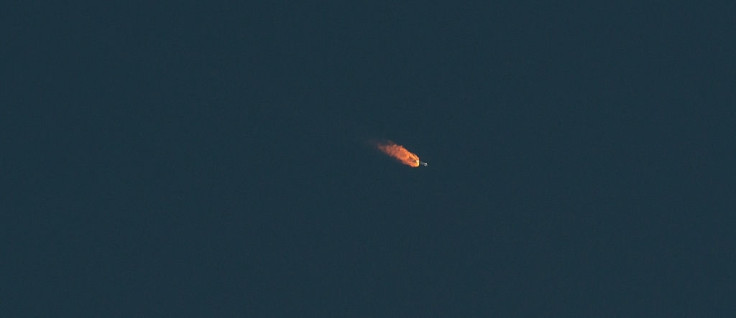Boeing 737-sized asteroid makes close pass by Earth, but scientists spot it 3 days later
The asteroid came relatively close to Earth on 20 July, between 10.27pm and 11.32pm EDT.

An asteroid, as big as a Boeing 737 passenger plane, had a near miss with the Earth but remained completely undetected until three days after its closest approach.
The giant asteroid, now named 2017 OO1, was spotted using ATLAS-MLO telescope on 23 July. But, after analysing its trajectory, astronomers found that the 82-256ft wide rock was relatively close to Earth – about one-third of the Earth-moon distance or 76,448 miles – on 20 July, sometime between 10.27pm and 11.32pm EDT.
The asteroid, now travelling at 11,369 miles per hour, went past Earth quietly. But had it been on a collision course, it would have done some serious damage, specifically three times more than the meteorite that struck Chelyabinsk, Russia in 2013 and injured thousands of people.
Though detecting asteroids prior to their passing isn't impossible, according to Nasa Solar System Ambassador Eddie Irizarry, the giant rock couldn't be detected as it is very dark and non-reflective. The asteroid carried a faint magnitude of 17.9.
To recall, as many as 10 asteroids have passed as close or closer to the Earth as 2017 OO1. The last one was spotted in January and was as big as a house.
As noted by Huffington Post, Nasa has also set up the asteroid defence programme to deal with asteroids on the course to Earth. Under this program, scientists use telescopes and other technologies to detect and monitor asteroids that have a "far higher potential of hitting Earth than 2017 001".
© Copyright IBTimes 2025. All rights reserved.





















